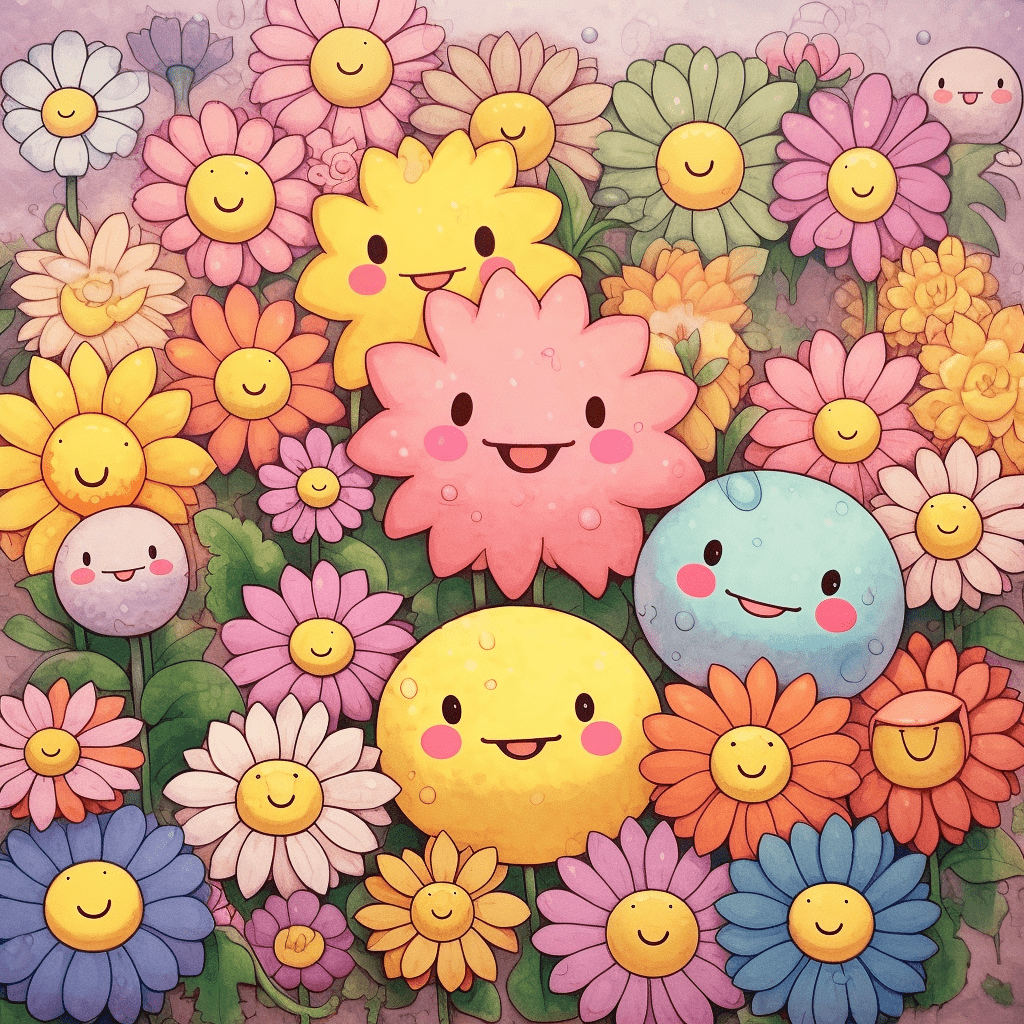
Non-fungible tokens (NFTs) have taken the digital world by storm, offering a new way for creators and collectors to monetize and own digital assets. As the NFT market continues to grow, it’s essential to understand the factors that influence the value of these unique tokens. One critical factor affecting NFT prices is scarcity. In this article, we’ll delve into the relationship between NFT price and scarcity, exploring how scarcity can impact value and examining strategies to leverage this relationship for maximum profitability.
Understanding Scarcity in the NFT Market
Scarcity refers to the limited availability of a particular resource or asset, which can increase its perceived value. In the context of NFTs, scarcity often comes in the form of limited edition releases, capped supplies, or unique attributes. Scarcity plays a vital role in determining the value of an NFT, as collectors are often willing to pay a premium for rare or one-of-a-kind digital assets.
How Scarcity Impacts NFT Prices
Scarcity can have a significant impact on the price of an NFT for several reasons:
- Perceived Value: When an NFT is rare or difficult to obtain, it often creates a perception of increased value among collectors. The idea that owning a scarce NFT makes it more special or valuable can drive up the price collectors are willing to pay.
- Demand and Competition: As the number of potential buyers for a scarce NFT increases, so does the competition among collectors. This heightened competition can lead to bidding wars and higher final sale prices.
- Investment Potential: Some collectors view scarce NFTs as a long-term investment, believing that their rarity will cause their value to appreciate over time. This perceived potential for future price increases can cause collectors to pay a premium for scarce NFTs.
Strategies to Leverage Scarcity in NFT Pricing

Whether you’re an NFT creator or investor, understanding the relationship between price and scarcity can help you maximize the value of your digital assets. Here are some strategies to consider:
Create Limited Editions and Series
One way to introduce scarcity into your NFTs is by creating limited edition releases or series. By capping the supply of a particular NFT or releasing it as part of a series, you can create a sense of exclusivity and urgency among collectors. This strategy can be particularly effective for artists and creators, who can leverage the scarcity of their NFTs to command higher prices.
Offer Unique Attributes and Utilities
Another approach to creating scarcity is by imbuing your NFTs with unique attributes or utilities. These can include exclusive access to content, special in-game items, or unique digital art. By offering something rare and valuable to collectors, you can increase the perceived value of your NFTs and potentially command higher prices.
Promote Scarcity Through Marketing and Community Building
Effective marketing and community building can play a crucial role in highlighting the scarcity of your NFTs and driving up their value. Utilize social media, content marketing, and collaborations with other creators or influencers to promote the scarcity of your NFTs and generate excitement among potential buyers.
Engaging with your audience and building a community around your NFTs can also help create a sense of scarcity. By offering exclusive content or access to your community members, you can foster a sense of belonging and loyalty that can translate into higher demand and prices for your NFTs.
Understand Market Trends and Collector Preferences
To effectively leverage scarcity in your NFT pricing strategy, it’s essential to stay informed about market trends and collector preferences. Monitor popular NFT marketplaces and platforms, follow influential creators and collectors, and participate in industry events and discussions to gain insights into what types of scarcity are most appealing to collectors.
By understanding what drives collector interest and demand, you can tailor your NFT releases and pricing strategies to capitalize on these trends and maximize the impact of scarcity on your NFT prices.
Diversify Your NFT Portfolio
When investing in scarce NFTs, consider diversifying your portfolio to minimize risk and maximize profitability. This approach can help you capitalize on various trends and opportunities in the NFT market while also mitigating the impact of potential downturns in any single segment.
Monitor and Adjust Your Scarcity Strategy
As with any investment or pricing strategy, it’s essential to monitor the performance of your NFTs and adjust your scarcity strategy as needed. Regularly analyze market data, sales performance, and collector feedback to refine your approach and ensure that your scarcity strategies remain effective and relevant.
Consider Long-Term Value
While leveraging scarcity can help boost the short-term value of your NFTs, it’s essential to consider their long-term potential as well. High-quality, rare, or historically significant NFTs may appreciate in value over time, making them potentially more lucrative as long-term investments. Before selling a scarce NFT, consider its potential for long-term appreciation and weigh the benefits of holding onto it versus liquidating it for immediate profit.
Conclusion

Scarcity plays a critical role in the value of NFTs, and understanding the relationship between price and scarcity can help you maximize the profitability of your digital assets. By employing effective scarcity strategies, such as creating limited editions, offering unique attributes, and promoting scarcity through marketing and community building, you can harness the power of scarcity to drive up the value of your NFTs.
As the NFT market continues to evolve, staying informed about market trends and collector preferences will be essential to maintaining and growing the value of your digital assets. Keep an eye on the market, be proactive, and continually refine your approach to scarcity to make the most of your NFT investments.
